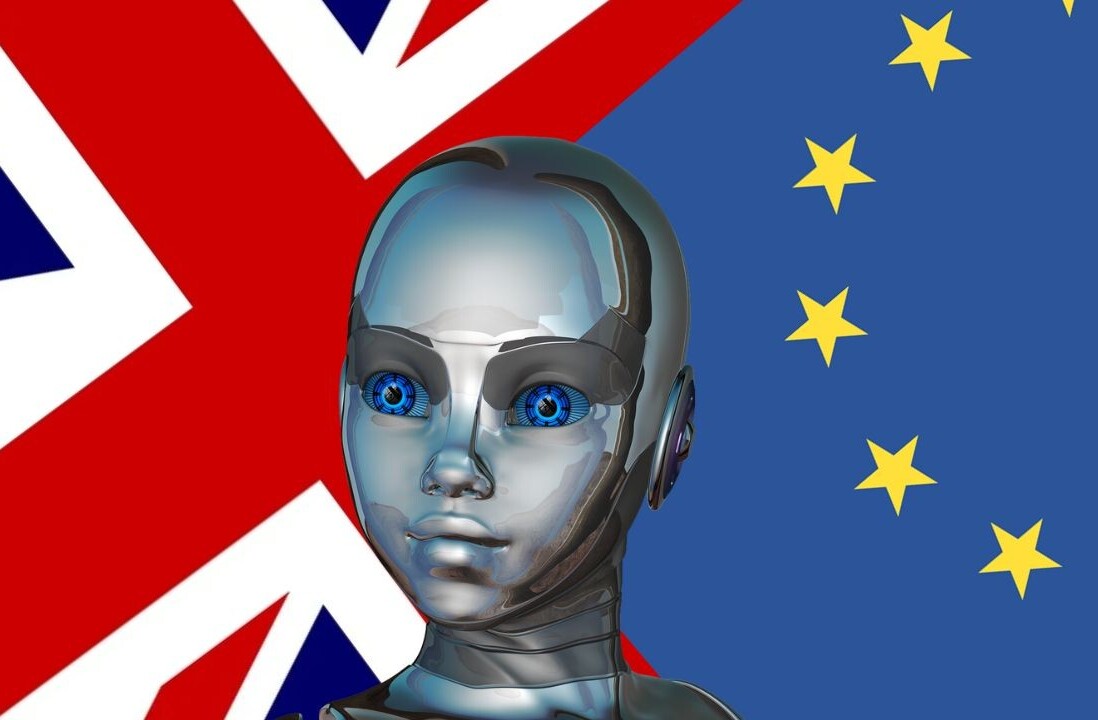
In a previous article, we discussed how a whopping 78% of enterprises fail on their digital transformation initiatives and that banks experience specific issues like legacy processes, tightly coupled technical systems, failure of innovation labs, lack of proper incentives for being risk-savvy, and underestimation of the scope of change.
There’s so much information out there about creating the right strategies and processes to tackle digital transformation, but what’s often overlooked is the mindset shift that needs to occur to actually make real change happen. The ‘why’ behind all the time, effort, and resources you’ll put towards this needs to be clear or, even the most comprehensive plan will fizzle out and die.
And it can’t just be the senior level, every change agent within your organization needs to understand why the changes you’re making are essential today and not ‘after’ or ‘tomorrow.’
Nick Van Weerdenburg, CEO of Rangle.io, says that, “Digital cannot be developed from the margins as adjacent to the core business. It must become the core business. We’ve seen this scenario play out dozens of times over the years”.
When organizations fail to see meaningful results from their digital investments, it’s often because of a reluctance to change what’s working now, and this usually includes their core business model.
A common but unsuccessful strategy involves implementing ad hoc digital initiatives and side projects that are intentionally kept at arms’ length from the core business. While initially appearing successful, these initiatives ultimately fail once the business attempts to integrate with the existing operating model.
Digital transformation cannot be solved by simply throwing more money or people at the problem. Copying what other businesses do is also prone to failure because your organization’s context is unique, even if it looks similar on the surface. Fundamentally, business leaders must be able to articulate why the business needs to change and what the future of the organization looks like, and this requires a major mindset shift.
Digital has radically changed the nature of the banking game, and there are three important themes to take into account.
Customer experience is significantly different in a digital world
With the emergence of neobanks and fintechs, consumers now know that financial services can exist as a purely digital service. As a result, people in all age groups prefer digital banking over in-person. Almost 80% want to manage some or all their finances digitally, and more than half use digital banking once a week or more. Furthermore, 32% of customers are more likely to change banks if they encounter technical issues when banking online.
This change in consumer expectations is likely brought on by increased digital usage since 73% of customers say that one extraordinary experience can raise their expectations of other companies. Regardless of the catalyst, 75% of consumers now expect companies to use new technologies to create better experiences.
But it’s not just competition from other banks that we need to be worried about. Previously, customers would compare the digital experience of one bank to another bank, but now they compare digital experiences across all industries, making the competition even more fierce.
Essentially, the customer experience is now defined by every experience in your customers’ ‘digital-everything’ ecosystem, rather than just rivals in your area or industry. This is important because 39% of dissatisfied users say that they can’t accomplish everything they intend to in digital channels, indicating that customer expectations regarding digital interactions and services have changed. This results in a lot of pressure for companies to continuously improve and modernize the entire customer experience from end-to-end, making it fast, personalized, and evolvable.
We need to embrace the notion that a world class digital customer experience is not just a nice to have, it’s essential for survival.
The fourth industrial revolution will significantly alter the world
In the past, industrial revolutions have significantly altered life as people knew it. The first used water and steam power to mechanize production, the second harnessed electric power for mass production and the third utilized electronics and information technology to automate production.
Klaus Schwab, author of The Fourth Industrial Revolution, claims that the current revolution we’re experiencing will fundamentally, “alter the way we live, work, and relate to one another. In its scale, scope, and complexity, the transformation will be unlike anything humankind has experienced before.”
The fourth revolution builds on the third digital revolution, this time characterized by a fusion of technologies which blur lines between physical, digital, and biological spheres. The Fourth is distinct from previous revolutions because it is evolving at an exponential (versus linear) pace and disrupting almost every industry, in every country. The Fourth’s breadth and depth has the capacity to transform entire systems of production, management, and governance.
Current innovations brought by the third digital revolution like processing power, storage capacity, and access to knowledge will reach almost unlimited levels, while new emergent technologies like artificial intelligence, robotics, the Internet of Things, autonomous vehicles, 3-D printing, nanotechnology, biotechnology, materials science, energy storage, and quantum computing will experience breakthroughs in the Fourth.
For example, artificial intelligence is already pervasive in our daily lives in the form of self-driving cars, drones, virtual assistants, and translation software driven by an exponential increase in computing power and big data processing. Consequently, 62% of customers are open to the use of AI to improve experiences – up from 59% in 2018.
For businesses, this means that new technologies will create completely novel ways of serving existing needs and significantly disrupt existing industry value chains. Those that are slow to adopt this new technology will therefore fall behind fast, meanwhile early adopters could gain a competitive advantage.
Banks will also have to keep up with evolving consumer expectations as physical products and services can now be enhanced with digital capabilities.
Divided, hierarchical organizations aren’t fit for the digital age
The divided and hierarchical organizational structure is no longer fit for purpose when applied in unstable and uncertain contexts, like the digital world and the Fourth industrial revolution, where value is generated through an unpredictable innovation process.
Instead, an adaptive environment is needed where employees feel safe to ask questions, experiment, and apply divergent thinking in order to discover the right solutions for the challenge at hand.
The divided hierarchy, where work is divided and distributed into various zones performing highly specific and well-defined tasks worked well for stable environments like manufacturing, because the work is often routine, repetitive, and knowable. Dividing up the tasks created value because the process maximized efficiency and enabled scale. However, most of the work involved in digital transformation is neither routine, repetitive, or knowable so a different process is needed.
The new organizational structure needs to enable high-quality information flow, cross-functional collaboration, and daily learning. For example, measures can be taken to foster psychological safety, the ability to show and employ one’s self without fear of negative consequences of self-image, status, or career in the workplace. Leaders can frame work as a learning rather than an execution problem, acknowledge their own fallibility, and model curiosity by asking lots of questions.
Divergent thinking, the ability to generate new ideas, can also be practiced more effectively if separated and practiced in a different setting where convergent thinking, the process of thinking about what to do with those ideas, occurs.
Anne Manning states that divergent thinking is akin to reaching up while convergent thinking is akin to reaching down. If you try to do both at the same time, you will end up not doing either, so it’s best to do both actions in separate instances.
Start with why
There are a number of challenges financial institutions need to overcome to get on track with their digital transformation. But Bertrand Karerangabo, Chief Strategy Officer at Rangle.io believes that, “transformation is achievable — in every organization, and within every department and line of business.”
However, it will require, not just new policies, but a shift in mindset and culture. The first thing that needs to be clear for everyone, from the executive level to the newest hire, isn’t how this change will happen but why change is essential and what factors are driving it.
Get the TNW newsletter
Get the most important tech news in your inbox each week.





